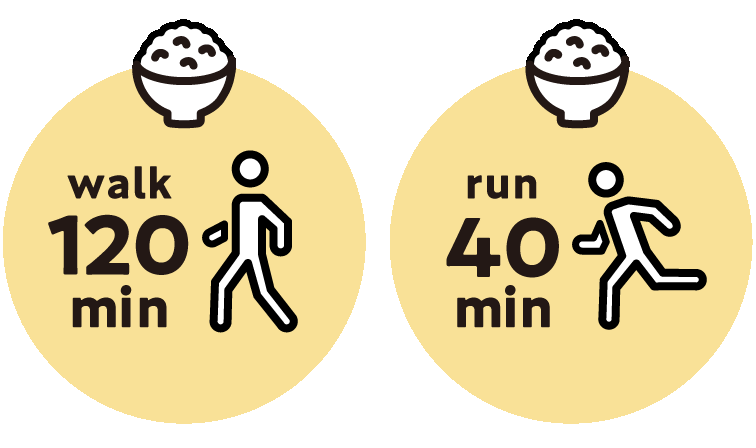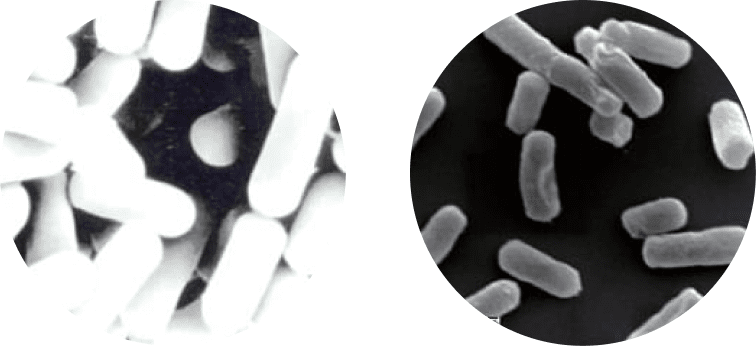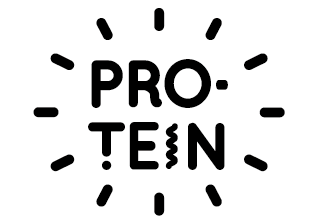-
Powerful energy source
Rice is comprised of approximately 80% carbohydrates and has a digestion-absorption rate of 98%, making it an extremely effective source of energy. One bowl of rice can power 234 kcal of exercise, or in other words, a 120 walk or 40 minute run. Rice really is the fuel that gets us moving!
The same bowl of rice also contains about as much protein as half of a cup of milk, as much dietary fiber as a stick of celery, and half as much zinc as found in broccoli. It also contains a healthy balance of minerals and multiple varieties of vitamin B.
*The measurement of “one bowl” is equivalent to 150g of cooked rice, and nutrition values are calculated based on an adult weighing 50kg.(Reference)- ”Standard Tables of Food Composition in Japan—2020 (Eighth Revised Edition),(a Japanese website)” Ministry of Education, Culture, Sports, Science and Technology
- ”Physical Activity Standards for Health in 2013 and Physical Activity Guidelines for Health (Active Guide),(a Japanese website)” Ministry of Health, Labor and Welfare

-
High-quality
protein sourceOf the 20 amino acids (proteins) found in the human body, 9 are deemed essential amino acids as we cannot produce them ourselves, so we must get them from food or other sources. Amino acid scores are a way of ranking a source’s balance of essential amino acids. Protein sources that have a full 100 score include eggs, milk, and meat.
Wheat, another dietary staple, has a score of 56, while rice scores 93. While neither achieves a score of 100, adding something made from soybeans, such as natto, is an easy way to get the full 100 points.(Reference)Amino acid scores

-
Healthier and tastier through… chewing?
The positive effects of chewing are garnering more and more attention. They include increased salvia production, aiding in digestion of food and absorption of nutrients, and maintaining hygiene within the mouth. Chewing can also prevent eating too quickly, and can provide a feeling of fullness with smaller amounts of food. It also helps to increase the production of hormones that suppress appetite. It is also said that chewing invigorates a physiological action in the brain that is stimulated by use of the jaw.
Another unique merit is that the more rice is chewed, the sweeter it tastes. With foods becoming increasingly soft and easy to eat in recent years, rice crackers provide unique value in the form of a snack that is crunchy, delicious, and healthy.(Reference)- “Nutrition for Everyone: Chew Well to Control Your Appetite!,(a Japanese website)” Ministry of Agriculture, Forestry and Fisheries
-
Use rice and
rice crackers to
support your healthCompared to other dietary staples, rice is less likely to cause a rapid increase in blood sugar level after eating. Since rice is eaten as grain and requires a greater amount of chewing compared to bread and noodles, it is digested and absorbed more slowly by the body. In Japan, rice is often eaten alongside miso soup and other healthy dishes, which is also said to slow the rate of absorption. Another advantage of rice is that since it absorbs water and swells, it gives a feeling of fullness for comparatively few calories.
Rice crackers are made by baking rice that is already cooked, which makes the starch in the crackers easier to digest and kinder on the stomach.
Similar to rice, by chewing rice crackers a greater feeling of fullness can be achieved, making them a healthy and satisfying snack.(Reference)- ”Basics of Meal and Nutrition Management to Prevent and Alleviate Diabetes,(a Japanese website)” Rice Stable Supply Support Organization, Public Interest Incorporated Association
- “Morning Mastication Enhances Postprandial Glucose Metabolism in Healthy Young Subjects,” Hokkaido University’s Faculty of Education
-
Probiotics discovered through our research show positive attributes of improved bowel function and an antiallergic effect
Probiotics are deeply linked to the traditional fermented foods of Japan, including miso, soy sauce, sake, and pickles. Recently, foods that tout the health benefits of probiotics are increasing in popularity.
Both our K-1 (rice-derived) and K-2 (sake-lees-derived) probiotics, which were discovered by KAMEDA SEIKA’s Rice Research Center, are functional ingredients that can benefit human health. Rice-derived K-1 has been verified to have effects that include improving bowel movements and maintaining skin moisture, and sake-lees-derived K-2 has been proven to both alleviate allergy symptoms—such as atopic dermatitis and pollen allergy—and to lessen influenza symptoms.
The Japanese have an affinity for rice, a food with which they are intimately familiar. We are working to further research and develop lactic acid bacteria derived from rice so that we can help as many people as possible around the world.(Reference)Electron microscope image of lactic acid bacteria

Rice-derived lactic acid bacterium
K-1Sake-lees-derived lactic acid bacterium
K-2 -
Gluten-free choice
As a gluten-free grain, rice is also attracting a lot of attention outside Japan. Gluten is a protein that makes up 80% of the structure of wheat, and is a substance that triggers wheat allergies. Gluten-free products were initially created as a dietary alternative in North America and Europe where wheat is a major staple, but these products have now gained popularity as part of a healthy diet. Wheat is also commonly found in foods in Japan, such as bread, pasta, and udon or ramen noodles. As a way to stay healthy, why not consider incorporating a good balance of rice into your meals and snacks?

Kameda Seika’s Better For You
About rice and rice crackers
Rice crackers and snacks,
and the rice that they are made from,
and full of health benefits
and the rice that they are made from,
and full of health benefits






